There's noise.
It leaks through the sills, pumps through the guards and reverberates around the tiny cabin space.
Everyone's looking at us — pedestrians and other drivers at the lights, fumbling over their smart phones in the hopes of a photo.
A pair of Porsche 964 Carrera 4s driving in tandem through Hamilton is a rare sight. These are often held up high by purists as one of the last 'true' generations of 911 the German manufacturer made — one of the last to flaunt the classic compact 911 silhouette and an air-cooled engine.
As someone who's never driven a Porsche before, you'd think that being offered the keys to a 964 — the 'purest' of Porsches — would be a perfect means of introduction. But then again these two 911s aren't exactly pure.
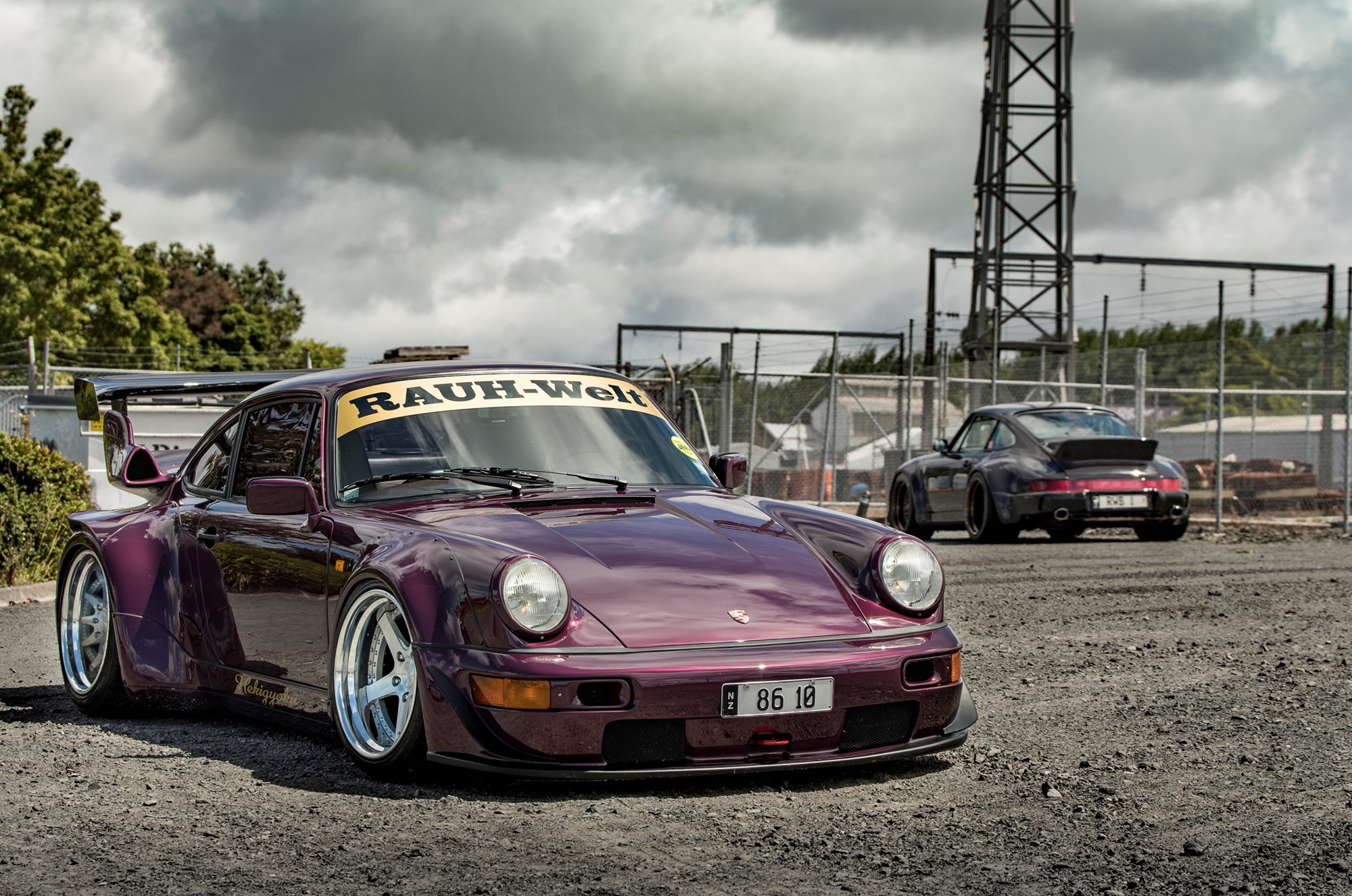
The letters RWB won't mean much to those picking up today's paper, but they mean the world to a thick legion of the performance-car segment. It stands for Rauh-Welt Begriff; translating to Rough World Concept in German. It's a tuning firm based in Japan, helmed by Akira Nakai San. I've never met him, but his fingers are caked in oil and dirt in every single photo of him taken.
He travels the world, transforming 911s of various generations into what you see here — extreme, wide-bodied monsters that mimic elements of Porsche's racing history. The nature of his hands-on work ethic, the speed and precision he brings, makes him one of the world's most popular, and controversial, car builders.
"The wheel alignment was what absolutely blew me away," says Anthony Wong. He owns 'Waikato', the grey 964. The other, 'Hekigyoku', is owned by Nan Su. Almost every car is named.
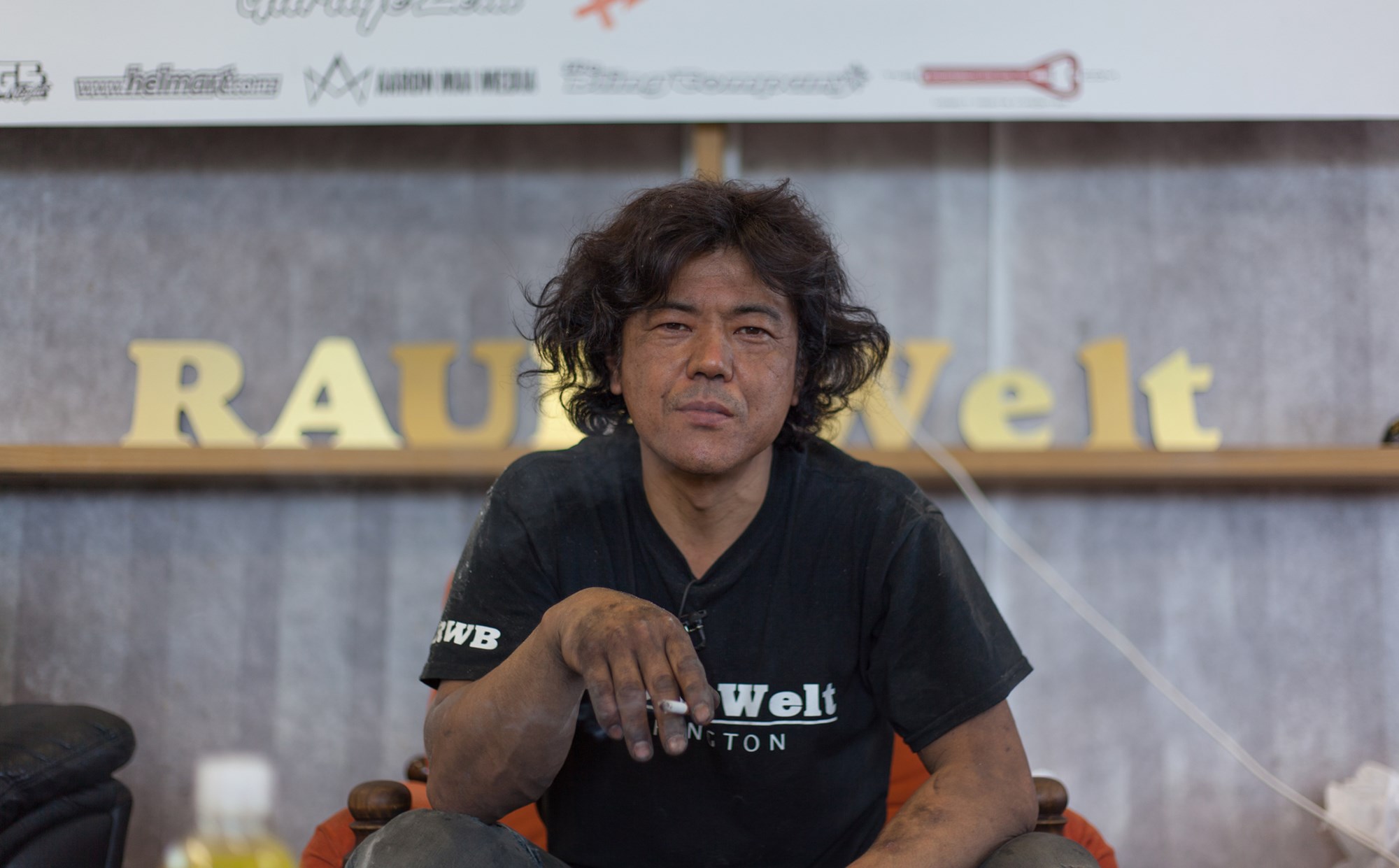
Photo / Aaron Mai
"Literally, [he used] two right-angle marks on the concrete pad, fishing line, and a tape measure. And his steel-cap boots to kick the bolts undone.
“He was explaining every step he was doing as he went, [like how] car actually sits 5mm higher in the left rear. He said it’s got a lot to do with the weight balance, and the way the motor torques being right-hand drive, that counter-acts all that. And he’s did all the corner weighting by eye and touch.”
“Me being me, I chucked it on a wheel-alignment machine and check it all out. I took it to my friend at Mercedes-Benz — literally the only hoist I could get on at Hamilton — and he goes ‘I don’t need to do any work mate. It’s actually pretty good.’
“I think the front camber was out, one side was like a degree more than the other, but for someone just using fishing line and some bits of tape on the concrete, it was unreal.”
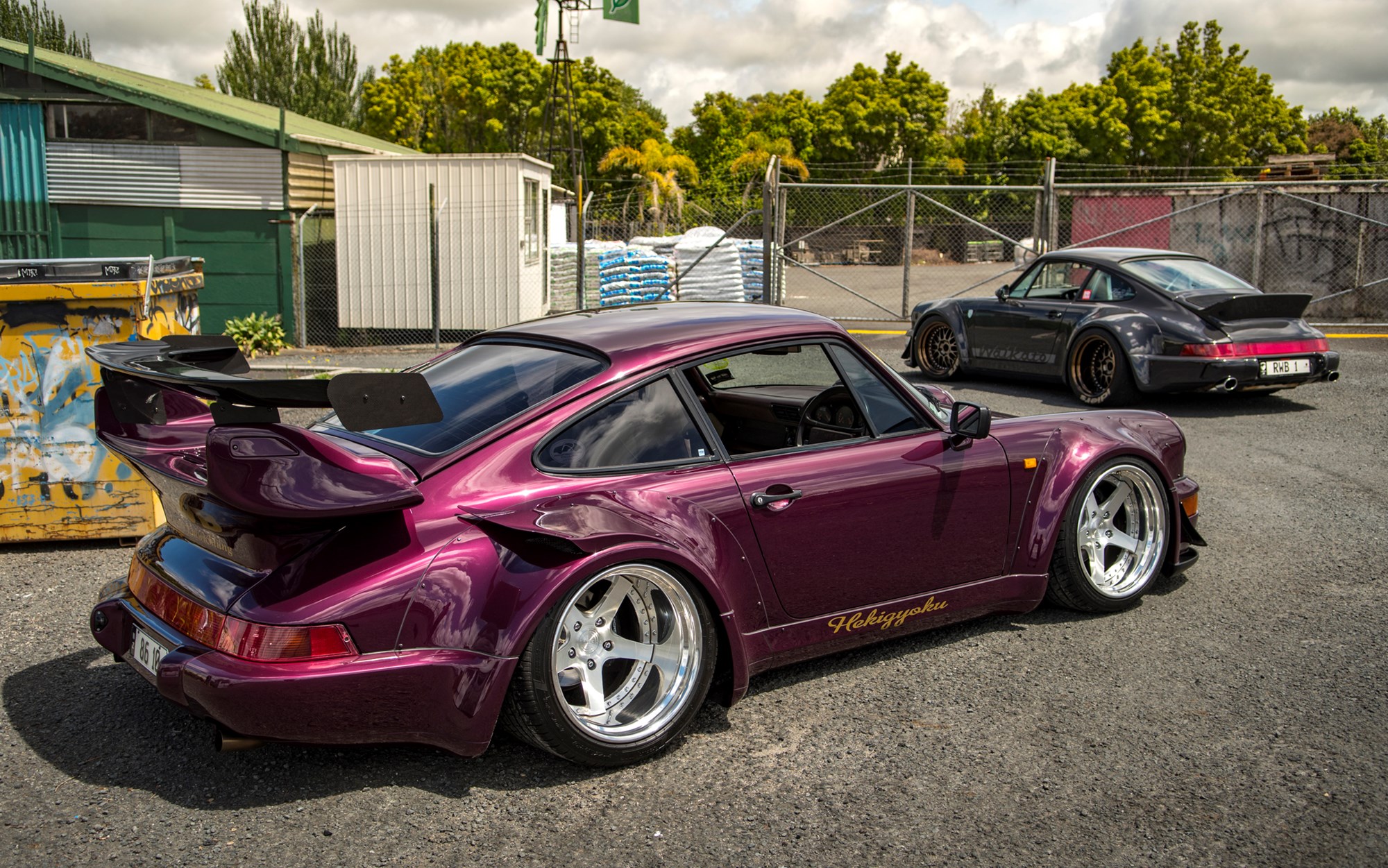
Anthony's fascination for RWB is far from a fad. It's something that's followed him since he was a university student — long before his current days fronting his restaurant; Wong's Kitchen.
“I was a uni student, and Speedhunters — the import performance blog — kind of popped up. It was the era of blogs, everyone had a blog, and the Speedhunters one was pretty good at the time. It still is.
“I came across Nakai’s personal car that was featured there, 'Stella Artois'. I guess what caught my eye was this 911 ... I had no idea what model it was, but at that time a 911 was a 911.
“But the fact that it had a satin black paint job, like it looked like someone had literally rattle-canned it, and then it had these bolt-on flares on it — on a 911. And it had these massive deep-dish wheels, on a 911. You’re like, ‘OK something’s not right here, what the hell is this?' I guess that was my first real eye-opening moment.”
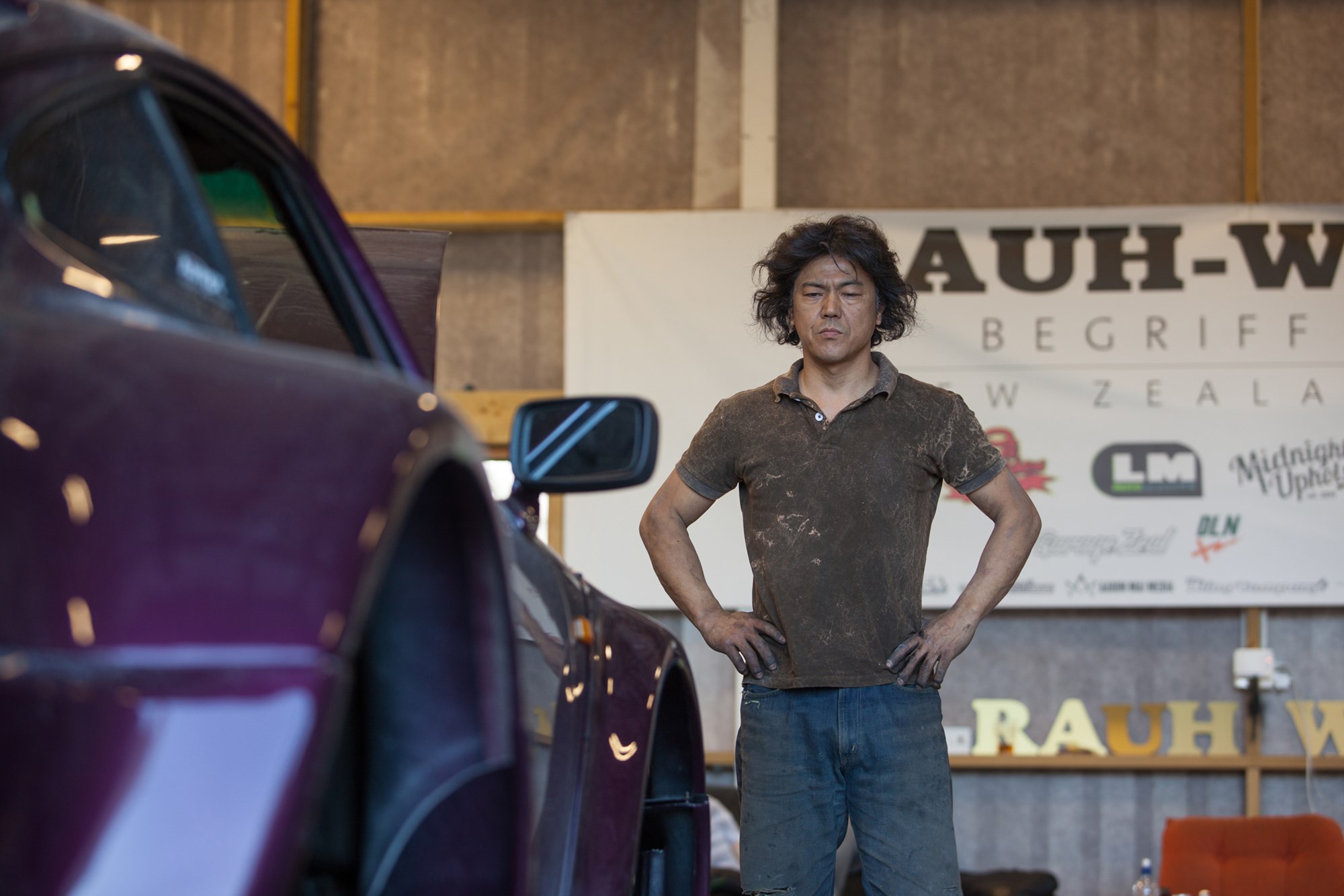
Photo / Aaron Mai
There are three RWB Porsches in New Zealand. One was imported, while the other two — these two — were crafted in the same shed last year; Nakai-san assembling them by hand alongside a captive audience.
“He loves his cars, he’s very focused, very structured. Everything is structured, everything he does.
“I spent a lot of time watching him, and he spends a lot of time just sitting and looking at the car. He’d pick up things wrong with it that you wouldn’t even think of. Very intelligent guy, he definitely knows a lot about these cars.
“In a real nutshell he’s your typical guy who’s away every cold wintery night tinkering on his car, every Saturday, Sunday afternoon. Making sure it’s all perfect.”
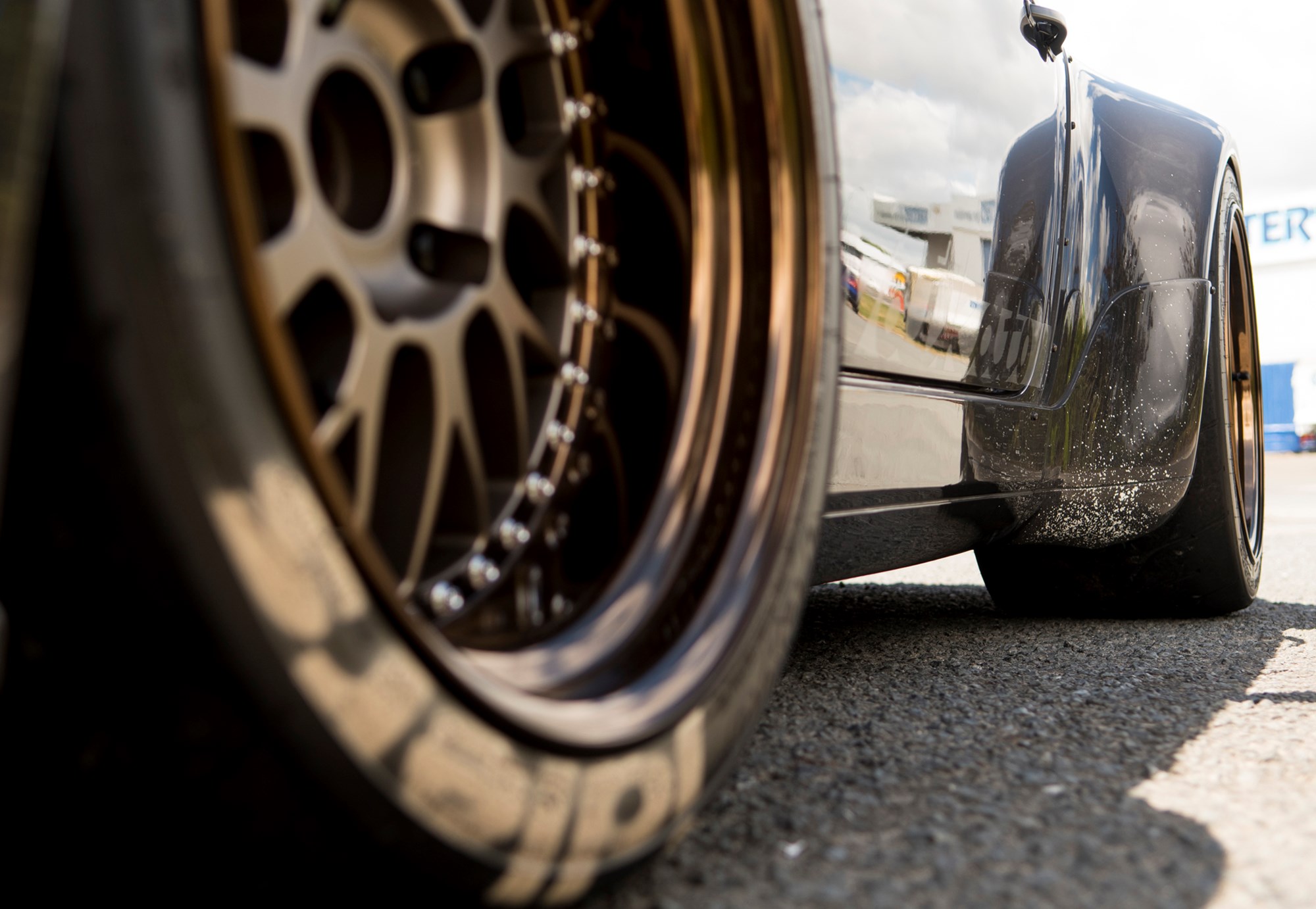
The notion of 'cutting up' a Porsche is an extreme one — and something that Anthony didn't take lightly.
"Remember that back then, even going back two or three years ago when I first bought my car, it was worth nothing. The original concept of these 911s was that they were made to hot rod, that concept was always there. It's just in the recent years that people have become so precious about them.
"I see the purist side of it. But, at the end of the day, it's just a car. To me, it's not a special model — it's not the RS, it's not the 2.7 RS. [But] I think these two cars, in their own right, are now special.
“I think we’ve improved what they were, and it’s got to a point with these cars where we love these cars.
“The community of owners who have these cars, they’re a pretty tight-knit community. They’re guys I’ve never met before, I’ve just spoken to them online, and they’re happy as to give you advice, more than happy to help you purchase stuff from overseas. All sorts to help get cars built.
“I think that’s the other side of it that a lot of people don’t understand.”
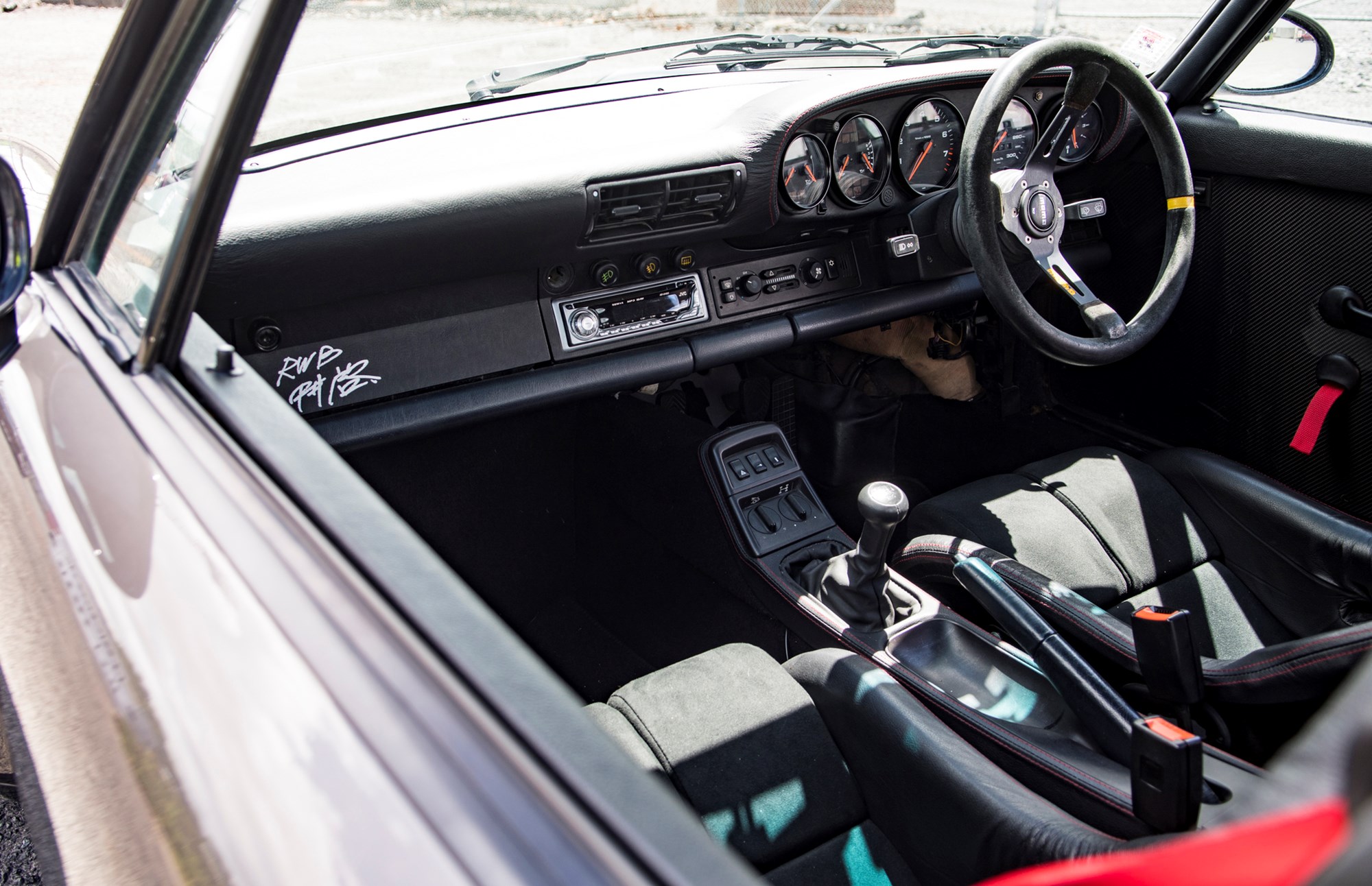
Hopping behind the wheel of a vehicle like this is a stark contrast from the world of press cars. The standard press car tends to go through a fair bit of punishment as it gets circulated among us journos. This though, is someone's pride and joy. They've sunk time, effort, money into making it just the way they want it. You can't be silly in those situations.
With the majority of Nakai-san's contemporary builds centering around the aesthetic side of things, it's really up to the owners as to how much added performance goes into their RWB.
Anthony's was created to largely 964 RS specifications, which sees the rebuilt RS Cup-spec engine joined by an RS intake, sway bars, clutch, and a host of other modifications under the skin.

The first impression is that this machine is quintessentially old school. The steering is heavy but direct, the howl from that rebuilt 3.6-litre flat six arrives like a flood with every prolonged depression of the throttle, and the suspension is no more confronting than that of other 'raw' sports cars.
It's the clutch everyone struggles with, Anthony says. It's a race-orientated clutch, suited well to track use but a challenge for the unwashed like me. The high pedal placement lends itself to only making the process harder, forcing one to attack it with their left leg and foot placed at an odd angle.
As strange as it might sound, the experience feels distinctively Porsche — as if everything underneath is there for no purpose other than to emphasize and magnify all of the elements that make a classic Porsche a ... well ... a classic Porsche.
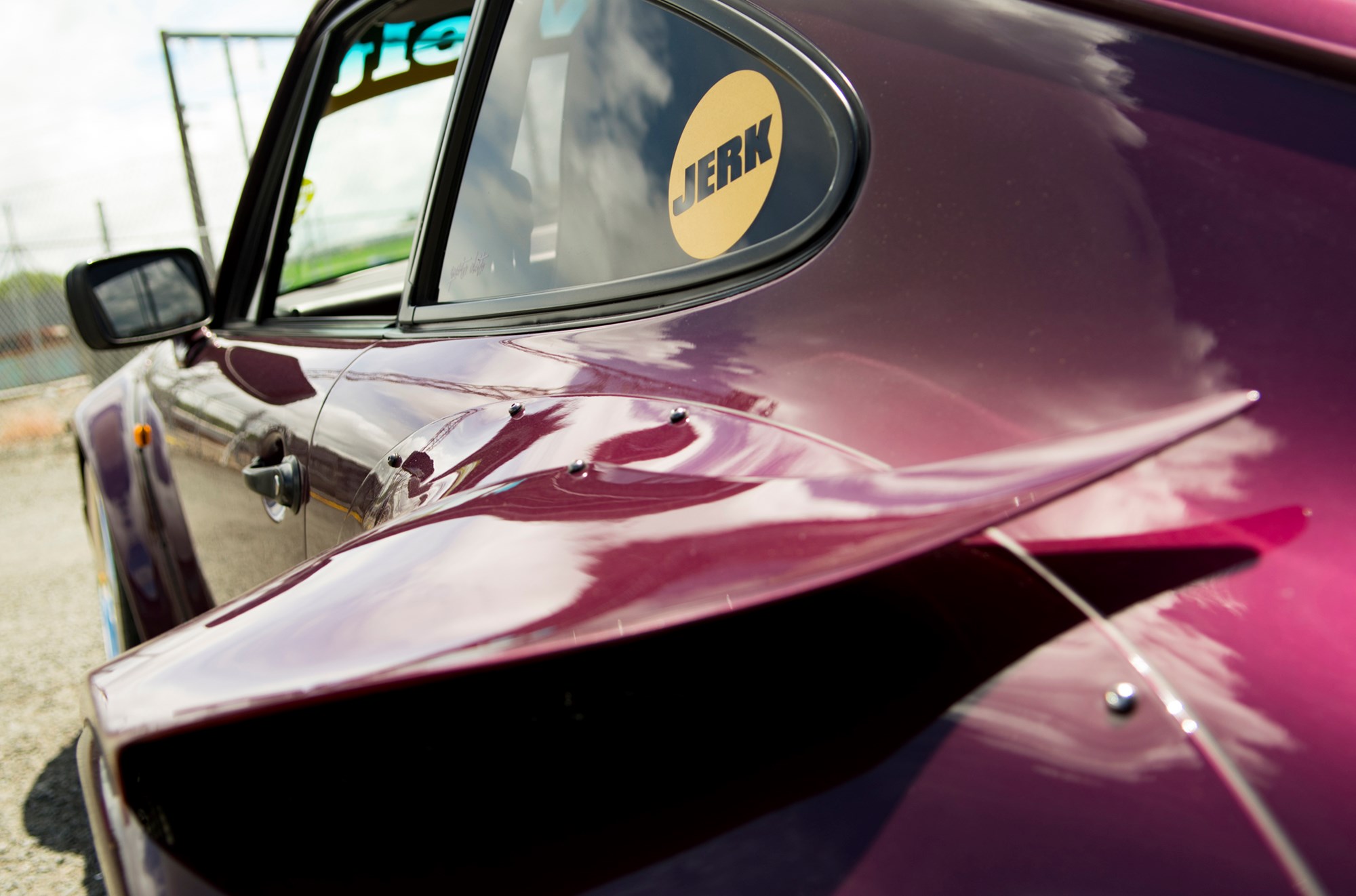
The only difference is that once you extract yourself from the body-hugging Recaro bucket seat and remove yourself from the cabin, you're paralyzed, not wanting to do anything other than stare at it.
Not that the point will matter to the detractors, who will continue to be critical not only of these incredible machines, but of mod culture at large.
"Styles change, they come and go. This whole industry's interesting. I have my moans about it, but then you understand that everyone's tastes are different,” Anthony adds.
"You've got so many guys hating on things, it's someone's pride and joy, someone's passion ... it doesn't affect you.
"Unfortunately, a lot of people don't see it that way."
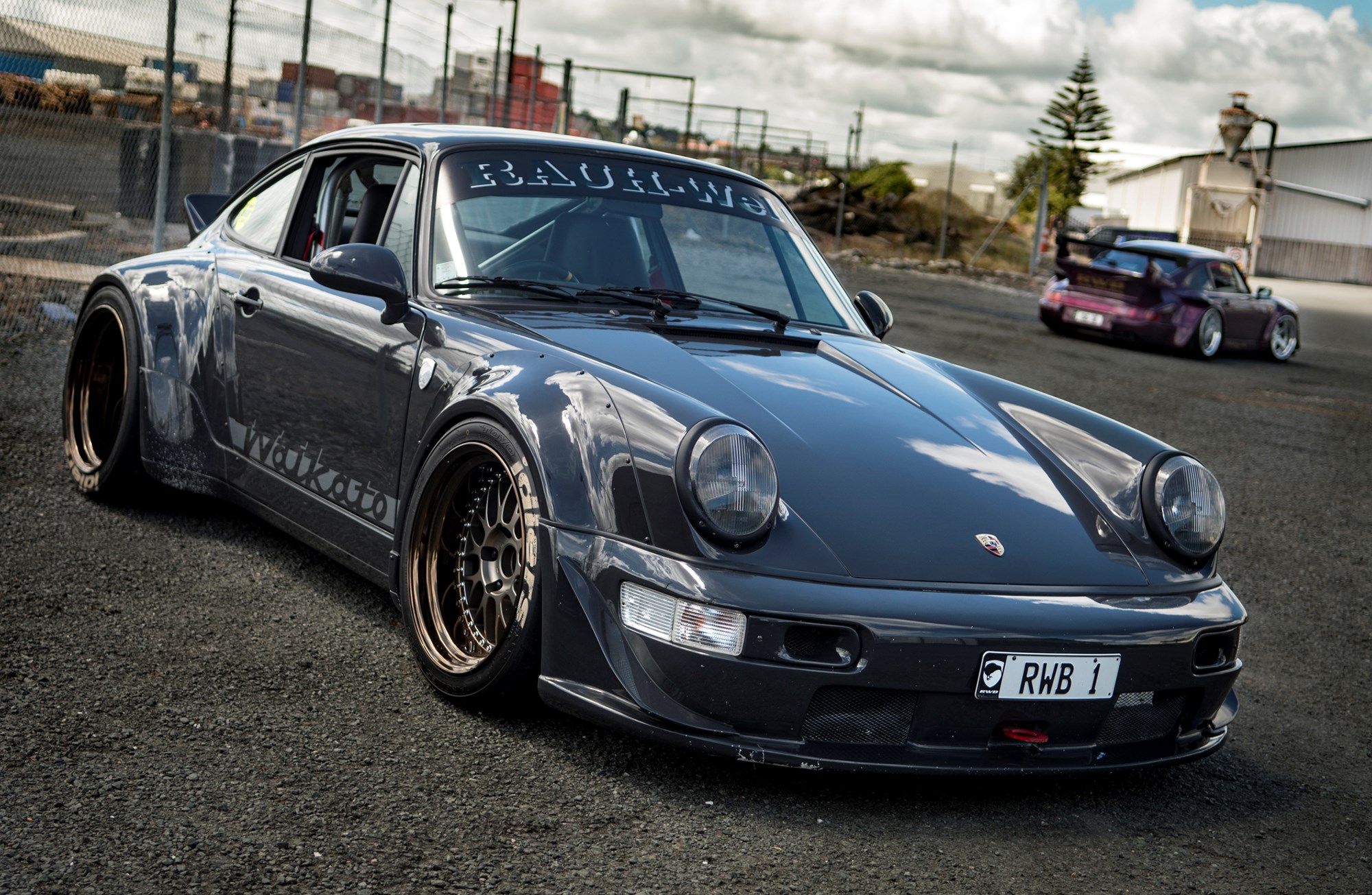
Such is the nature of this world that Anthony's Waikato RWB Porsche already looks completely different compared to what it looks like in these (admittedly delayed) photos. It now rolls around Hamilton dressed in a deep blue tuxedo, with a Champion wing and a lick of silver to its sneakers completing the ensemble.
“I was literally just talking to a friend about this recently about how far this industry's come.
“I think the guys now building the cars, they’ve got an easier road than there was back in the day. I won’t be surprised if there’s more RWBs coming.
“There’s people still whispering in our ears, asking ‘what do we need to do?’”



















